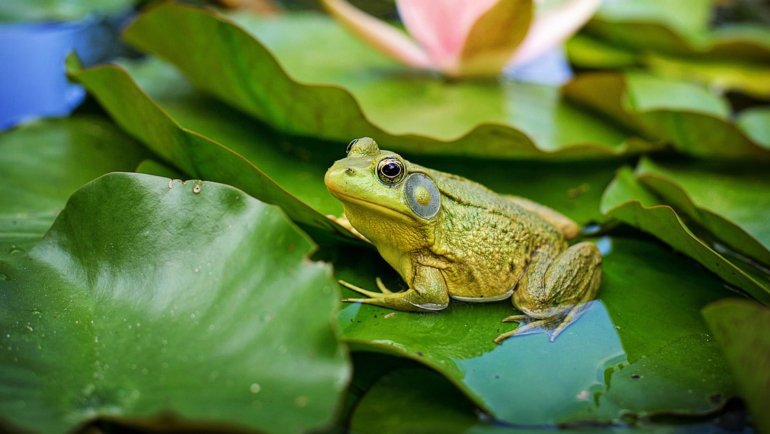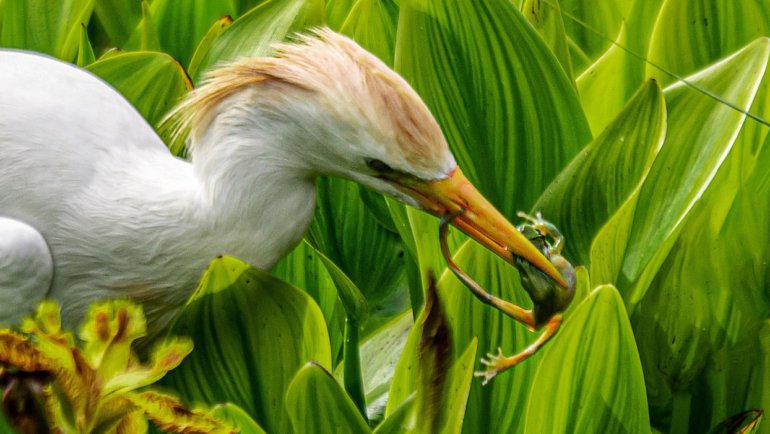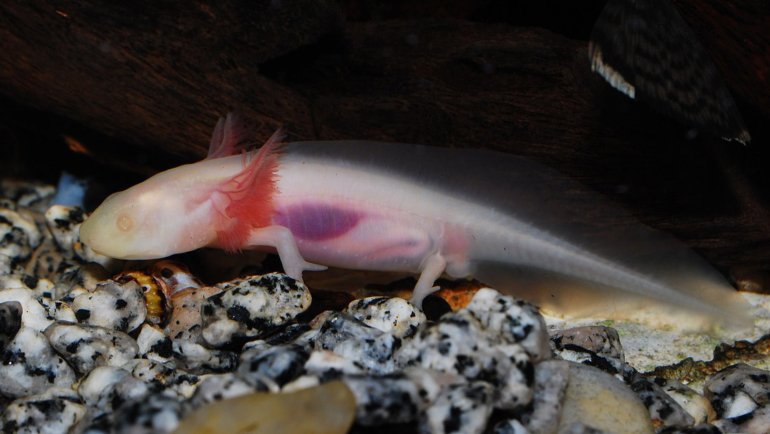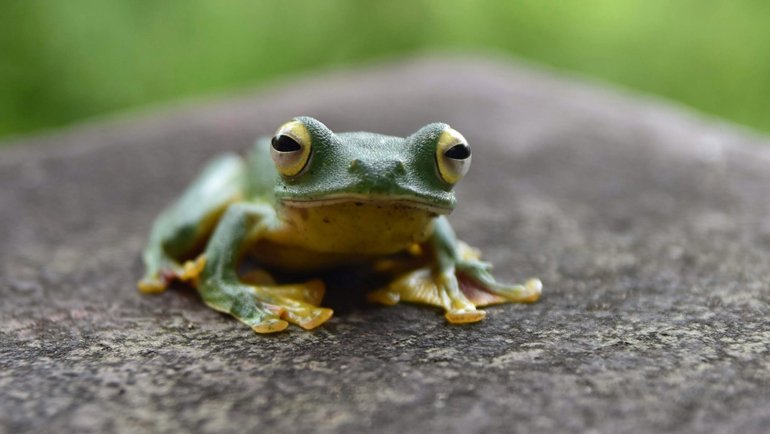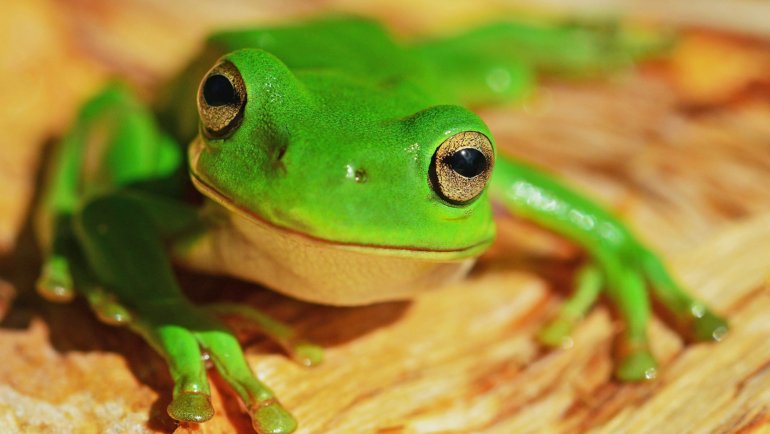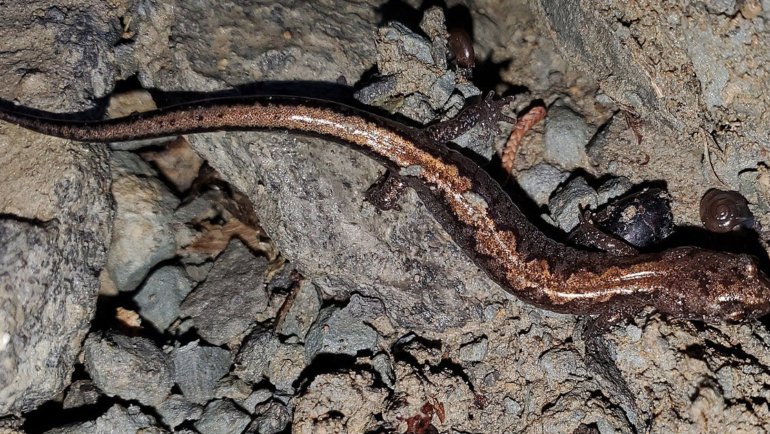Toads are fascinating amphibians known for their warty skin, short legs, and a preference for terrestrial habitats compared to their frog cousins. They play a crucial role in ecosystems as both predators and prey. Toads are primarily insectivores, consuming a variety of insects, which helps control pest populations. Their diet also includes spiders, slugs, and small invertebrates, making them vital for maintaining ecological balance. Due to their abundance and the fact they are relatively easy to catch, toads occupy a middle position in the food chain, serving as a key food source for several predators.
Understanding the dynamics of predator-prey relationships involving toads is essential for appreciating their ecological significance. Toads have developed several defense mechanisms to evade predators, yet remain a popular meal for a diverse array of animals. This article delves into the top predators of toads and explores how these amphibians defend themselves against such threats.
Top 10 Predators of Toads
Snakes
Snakes are among the most prevalent predators of toads. Many species, such as garter snakes, have evolved to tolerate the toxins that toads secrete from their skin. These reptiles are adept at tracking and capturing toads, especially at night when toads are most active. Snakes typically swallow their prey whole, relying on their flexible jaws to consume animals larger than their heads.
The predation of toads by snakes plays a significant role in controlling toad populations. In regions where both toads and snakes are abundant, snakes serve as a natural check on the toad population, preventing overpopulation and ensuring a balanced ecosystem.
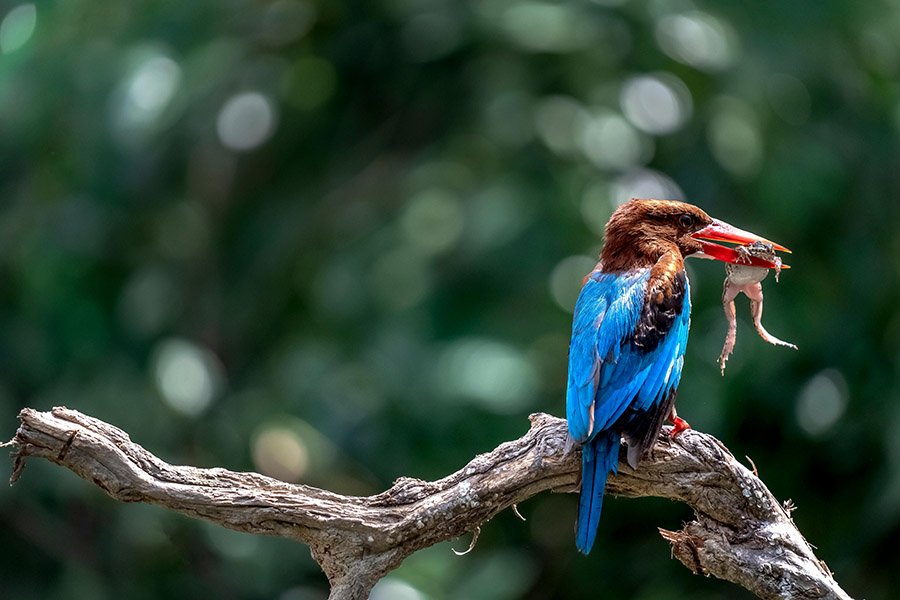
Birds
Various bird species, including herons, crows, and owls, are known to prey on toads. Birds often hunt toads during the day, taking advantage of their excellent vision to detect movement. They typically swoop down to catch the toads, using their sharp beaks to deliver a swift, decisive blow.
Birds have a unique advantage in that they can overlook the toxic secretions of toads. Some birds have learned to peck at the toads’ skin to avoid the glands that produce toxins, making them efficient predators. By controlling toad numbers, birds help regulate insect populations, as fewer toads mean less predation on insects.
Mammals
Mammals such as raccoons, skunks, and foxes are opportunistic feeders that include toads in their diet. These animals often hunt toads at night, relying on their keen sense of smell to locate them. Mammals are typically more affected by toad toxins than birds or reptiles, but they often learn to avoid the most toxic parts.
For instance, raccoons have been observed to skillfully flip toads onto their backs to consume only the non-toxic parts. This selective predation allows mammals to benefit nutritionally from toads without succumbing to their toxins, showcasing an interesting aspect of animal behavior and adaptation.
Fish
Certain fish species, especially large predatory fish like bass, are known to eat toads, particularly in their tadpole stage. In aquatic environments, fish can easily outmaneuver young toads and tadpoles, making them vulnerable targets. Adult toads that venture near water bodies may also fall prey to fish during spawning seasons.
The predation of toads by fish is a natural component of aquatic ecosystems, helping to balance amphibian populations and maintain healthy water habitats. This predator-prey relationship illustrates the interconnectedness of terrestrial and aquatic ecosystems.
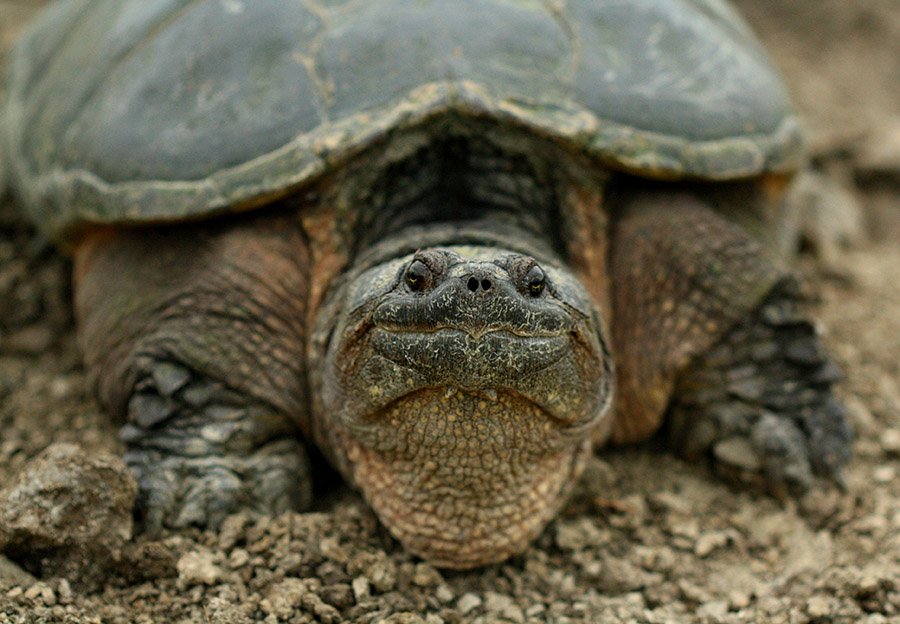
Turtles
Turtles, especially snapping turtles, are opportunistic feeders that prey on toads when they come into contact with them in or near water. These reptiles have strong jaws capable of capturing and consuming toads, and they are less affected by the toxins due to their hardy constitution.
Turtles contribute to the regulation of toad populations in water bodies, particularly when adult toads return to ponds and lakes for breeding. Their role highlights the diversity of aquatic and semi-aquatic predators that interact with toads.
Large Insects
Some large insects, such as giant water bugs and preying mantises, can prey on young toads and tadpoles. These insects are more likely to target toads during the early stages of their life when they are smaller and more vulnerable.
While less common than other predators, large insects play a unique role in the ecosystem by keeping young toad populations in check. This interaction underscores the complexity of food webs, where even the smallest creatures can influence larger species’ survival.
Larger Amphibians
Larger amphibians, like bullfrogs, can sometimes prey on smaller toads, especially in areas where resources are scarce. Bullfrogs are known for their voracious appetite and willingness to consume a wide range of prey, including other amphibians.
This predatory behavior among amphibians adds another layer to their ecological interactions, demonstrating how competition and predation can occur within the same animal class. It also highlights the adaptability of amphibians in exploiting available food sources.
Lizards
Some lizard species, particularly those that inhabit similar environments to toads, may prey on juvenile toads. Lizards such as monitor lizards have been observed capturing and eating toads, using their speed and agility to catch them.
Lizards contribute to controlling toad populations, especially in the juvenile stages, which can have long-term impacts on local ecosystems. This predation is a testament to the adaptability and opportunism of lizards as predators.
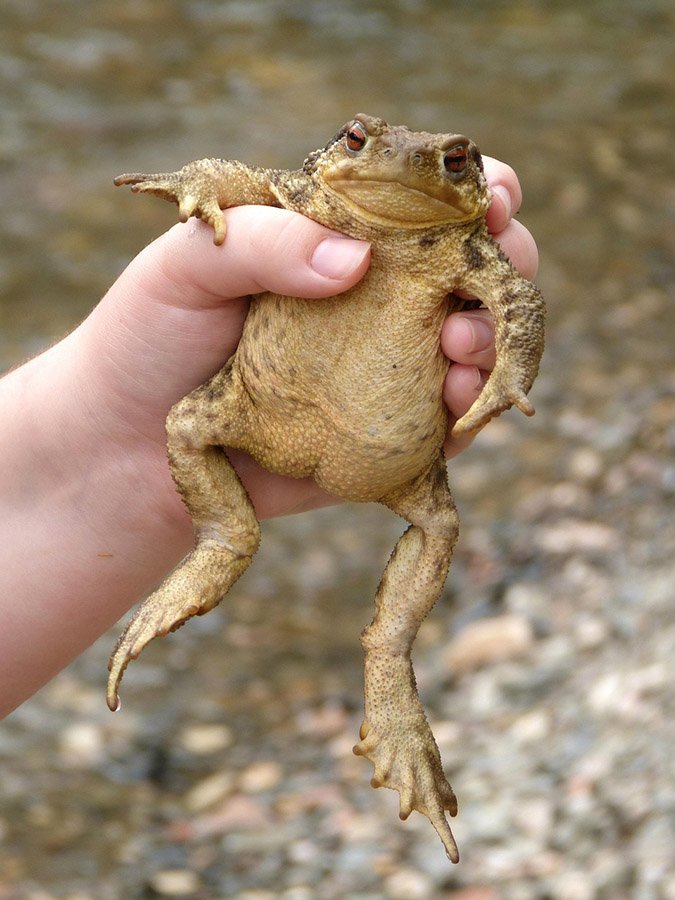
Humans
Although humans do not typically prey on toads for food, they significantly impact toad populations through habitat destruction and pollution. Additionally, in some cultures, toads are captured for traditional medicine or as pets, which can affect local populations.
Human interaction with toads exemplifies indirect predation, where activities affect toad survival and reproduction. Conservation efforts are crucial to mitigate these impacts and ensure the sustainability of toad populations worldwide.
Domestic Animals
Domestic animals, such as cats and dogs, may occasionally prey on toads, often out of curiosity. While most domestic animals are not immune to toad toxins, an encounter can sometimes result in the toad’s death, even if the predator does not consume it.
These interactions serve as a reminder of the effects of human environments on wildlife, where domestic animals can inadvertently become part of the local food web, sometimes disrupting natural predation patterns.
How Do Toads Defend Themselves?
Toads have developed several fascinating defense mechanisms to protect themselves from predators. One of the primary defenses is their skin, which secretes toxic substances. These toxins, known as bufotoxins, can deter many would-be predators by causing adverse reactions, including nausea and even death in extreme cases. The unpleasant taste and potential danger associated with toads make many predators think twice before making a toad their meal.
In addition to their chemical defenses, toads have physical adaptations that aid in their survival. Their warty skin acts as camouflage, blending into the surrounding environment, making it difficult for predators to spot them during daylight hours. This natural disguise is particularly effective in leaf-littered or muddy areas, where toads often reside.
Toads also utilize behavioral defenses to evade predators. When threatened, a toad may puff up its body to appear larger and more intimidating, potentially scaring off smaller or less aggressive predators. They may also emit a high-pitched scream when caught, which can startle predators long enough for the toad to make an escape.
Finally, toads are known for their sporadic, leaping movements, which can confuse and elude predators. By not following a predictable path, toads make it harder for predators to anticipate their next move, giving them a better chance of escaping an attack. This erratic behavior is especially effective in dense vegetation or rough terrain.
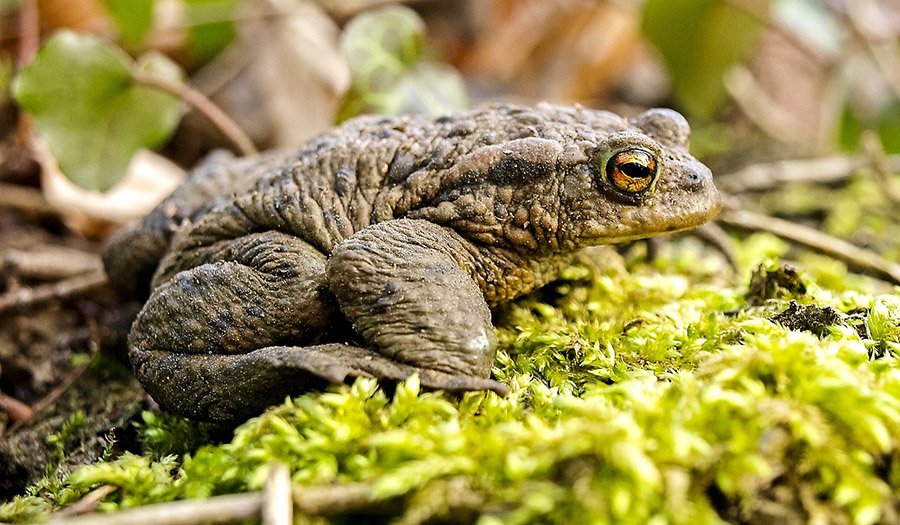
Conservation and the Role of Toads in Ecosystems
Toads are often considered indicators of environmental health. Their presence in an ecosystem suggests a balanced habitat with clean water and a healthy invertebrate population. Conservation efforts aimed at protecting toad habitats directly contribute to the broader goal of preserving biodiversity. As integral components of both aquatic and terrestrial ecosystems, toads help maintain the natural balance, underscoring the importance of their protection.
Frequently Asked Questions
What animals eat toads?
Snakes, birds, mammals, fish, turtles, large insects, larger amphibians, lizards, and sometimes domestic animals are known to prey on toads.
Are toads poisonous to all their predators?
Not all predators are affected by toad toxins. Some, like certain snake species, have evolved resistance, while others avoid the most toxic parts of the toad.
How do toads protect themselves from being eaten?
Toads use toxic secretions, camouflage, puffing up, screaming, and erratic jumping to deter and escape predators.
What role do toads play in the ecosystem?
Toads control insect populations, serve as prey for various animals, and indicate environmental health, contributing to ecosystem balance.
Can domestic pets be poisoned by toads?
Yes, domestic pets like cats and dogs can be affected by toad toxins if they bite or consume a toad, leading to various symptoms ranging from mild to severe.
